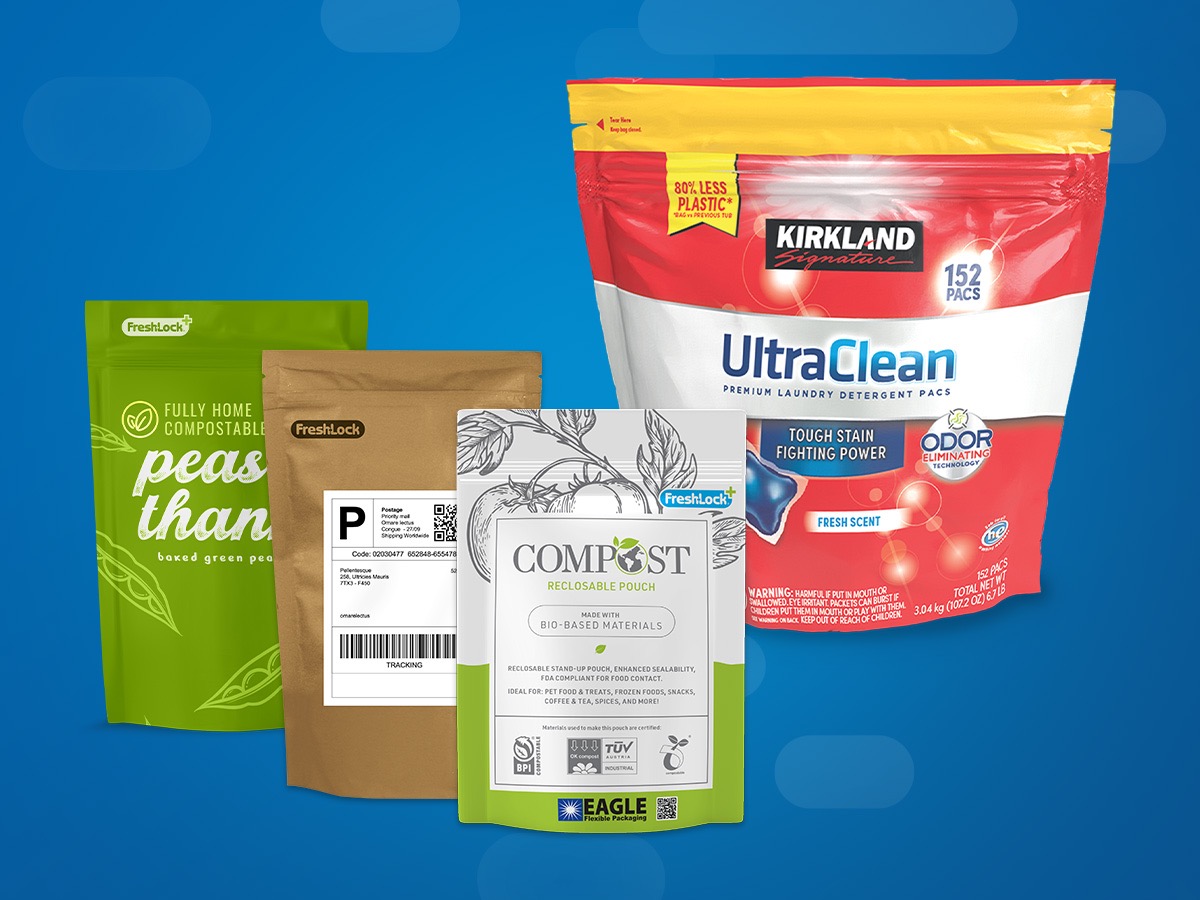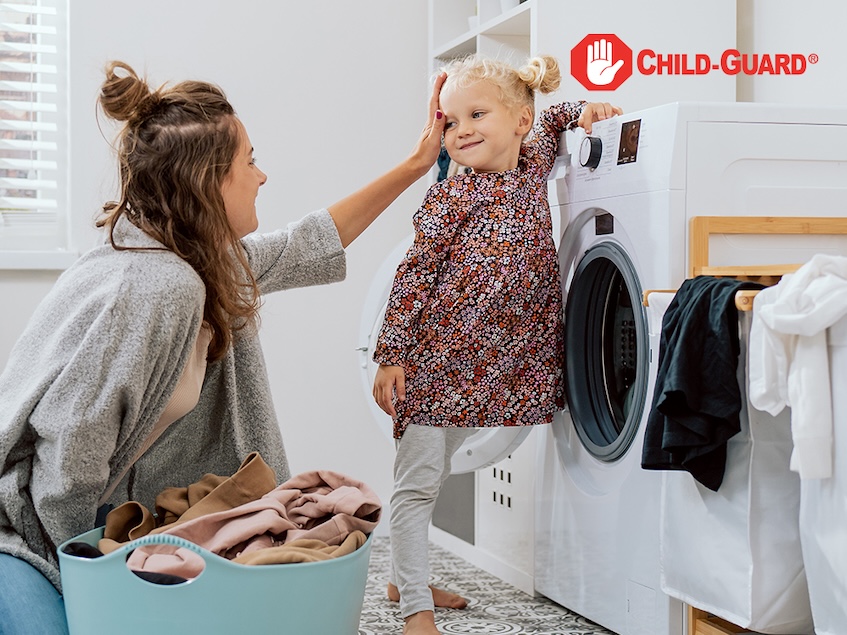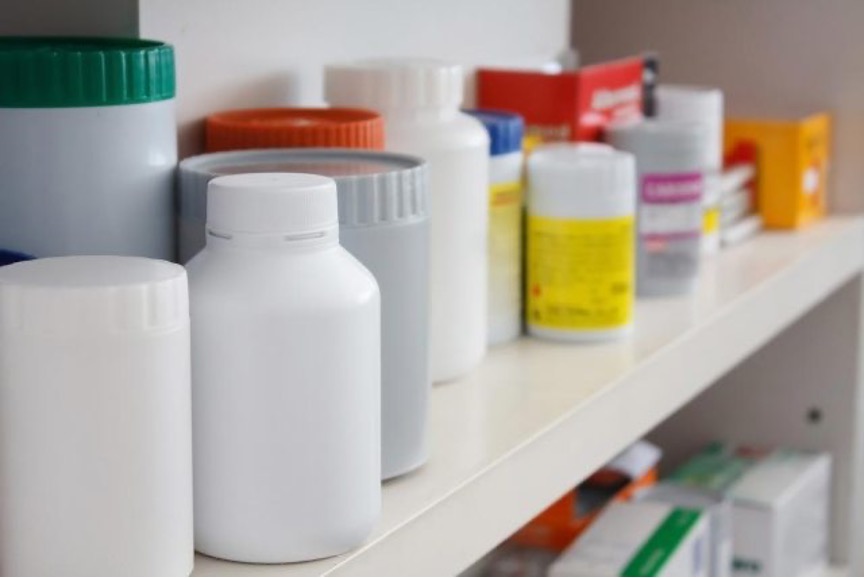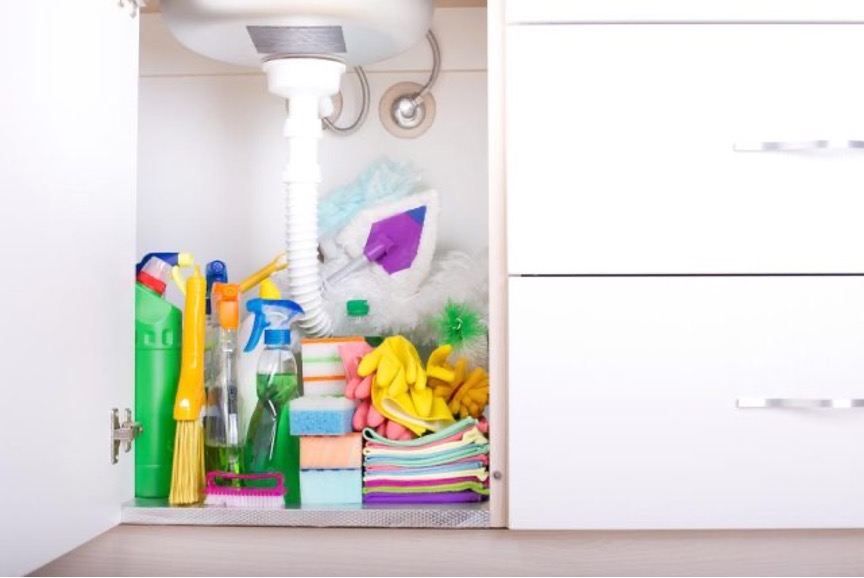
Keeping Kids Safe – 6 Potential Danger Zones in Your Home
We think of our homes as places of safety and comfort, and that’s exactly what they should be. However, with 53.6 percent of all injury-involved accidents occurring in the home, it’s actually one of the most probable locations for someone in your family to get hurt.
The good news: many injuries in the home are preventable. You can help eliminate house dangers and make your home a safer place by becoming aware of the risks. Once you’re on the lookout, you can take precautionary steps to ensure your family—especially young kids—are safer at home. That means less time to worry and more time to spend with each other!
Here are six areas in your home where potential hazards for little ones lurk. Parents should be cautious and prioritize safety measures in these spaces by focusing on:
1. Potentially Harmful Items in the Medicine Cabinet
There are plenty of potentially harmful things that can be found in a family home, but one of the most common causes of unintentional poisoning among young children comes when they accidentally ingest prescription, or over-the-counter medications found inside the family medicine cabinet.
According to the CDC, approximately 35,000 young children receive emergency treatment after getting into medicines on their own, or after dosing errors by adults. While giving your child the right amount of medicine is important, it’s equally important to make sure that medicine is immediately stored in a place that is out of sight and reach of young children.
In addition to putting the medicine in a safe storage location, ensuring that you’ve relocked the safety cap or closure can also help make a difference. While there is no such thing as “child-proof” packaging, there are innovative forms of child-resistant packaging that can help add an extra layer of protection. While there is never a guarantee that little hands won’t be able to open the package, the extra time it would take for a child to open it could be the difference that helps protect little ones from unintentional exposure to medications.
In addition to keeping kids away from medicines they shouldn’t have or shouldn’t take without adult supervision, parents should also keep an eye on expiration dates and product recalls for any medication they give to family members.
2. Chemicals Under the Sink
Cabinets under bathroom and kitchen sinks are often full of cleaning supplies. These products may contain chemicals that could be harmful if ingested. While many products may be clearly labeled with warnings, that does not stop a toddler or small child. In fact, because a lot of cleaning supplies are colorful and scented with citrus or florals, they can seem extra appealing to little ones that don’t yet understand the difference between floor cleaner and grape juice.
Poison.org cites national statistics showing household cleaners make up 10.7 percent of pediatric exposures reported to Poison Control Centers around the country—making cleaning substances the second most common substance implicated in pediatric poison exposures. That adds up to more than 94,000 cases per year.
While some household cleaners may have child-resistant packaging in place, it is still wise to have a child safety lock installed on cabinet doors where such products are stored. Another option is storing them in a different place. The pediatric safety experts at HealthyChildren.org recommend keeping substances like all-purpose cleaner, furniture polish, and dishwasher soap in higher cabinets, which young children can’t reach.
3. Supplies In the Garage
Inside your garage there are a lot of things that can get curious children into potentially unsafe situations. The garage is typically a place where sharp tools are stored and should be placed out of reach at a minimum. If possible, lock them up inside a cabinet or toolbox. Like household cleaners, products such as fertilizers, paint, varnish, and pesticides should be stored on higher shelves and remain in their original containers.
Make sure your garage door has an automatic reversing mechanism that is properly set up to raise if a child is underneath the door when closing. Test it regularly with a cardboard box and if the door does not stop, call your garage door repair company immediately.
Additional safety tips for the garage include:
- Unplug and store power tools in a cupboard or boxes and baskets out of children’s reach.
- Lock car doors to keep kids from playing in vehicles.
- Store ladders horizontally to prevent young children from climbing them.
- Avoid leaving ropes, extension cords, and cables lying around or hanging from hooks.
- Keep toxic substances in their original containers and store in a locked space.
- Keep garbage cans covered.
In general, teach children that the garage is not a safe place to play while unsupervised.
4. The Swimming Pool
Not every home has a pool, but many children will swim in one at some point, whether it’s at a family member’s home, a hotel, or a neighbor’s backyard.
Pool chemicals are yet another product that should be kept away from children. Practice the same safe storage with these products and look for brands using child-resistant packaging like our Child-Guard® Slider for added protection.

Drowning is the leading cause of unintentional death among children ages one to four. The U.S. government launched a public awareness campaign, called Pool Safely, to help educate families about these risks.
Pool Safely recommends parents use these safety tips:
- Never leave a child unattended in or near water.
- Teach children how to swim.
- Teach children to stay away from pool drains.
- Ensure all pools and spas have compliant drain covers.
- Install proper barriers, covers, and alarms on and around your pool or spa.
- Learn how to perform CPR on children and adults.
Above all, children who are still learning to swim should always be supervised in swimming pools. You and your child should understand their limits as a swimmer.
Watch this important video from Pool Safely below for more information.
5. Home Safety on the Stairs

Per Kids in Danger, in the United States a child is taken to the hospital every six minutes for a stair-related injury. One in four of these injuries is children under the age of one and is due to a parent or caregiver falling or dropping a child they are carrying. The number of children hurt on stairs is much higher when you consider that this only covers children who went to the emergency room. Child safety gates at the top and bottom of stairs can keep young children from taking an accidental tumble.
As kids get older and begin walking up and down the stairs, teach them to use the handrail. Having something to grab onto can make a big difference, especially in preventing a fall. You may also want to install treads that help prevent slipping. Keeping stairs clear of clutter and reminding children not to leave toys on the steps can also aid in helping keep the entire family safe.
6. Risks in the Laundry Room

The room where you wash and dry your clothes also has a few areas of concern. Washing machines and clothes dryers can be tempting places for little ones to crawl in and hide, especially the front-load variety with doors at their level.
Household laundry products, like single-use laundry packets, may look like candy to children who are too young to understand. These packets contain concentrated detergent, and if they are ingested or encounter the eyes, they could be harmful. In fact, from 2020 to 2022, poison control centers in the U.S. received 36,279 calls about laundry detergent packet exposures for children, teens, and seniors—which equates to an average of one call every 44 minutes.
How Child-Resistant Packaging Helps Make Your Home a Safer Place
Throughout the six potential danger zones we listed, most of them pose serious risk because of the products that tend to exist in those areas. No parent wants to see their child injured or worse, so it’s important to take all the extra precautions possible to help avoid a devastating scenario.
The Fresh-Lock® team created our Child-Guard® Track & Slider and child-resistant zippers as a way for the makers of your favorite products to provide safer flexible packaging options. When added to a pouch, our child-resistant closures help keep the product protected, as it requires an additional action to unlock the closure.
Already being used on laundry packets, the possibilities for use with other products will be impactful. Child-Guard® Sliders and child-resistant zippers can help keep young children out of packages containing medicines and supplements, pool chemicals, household cleaners, pesticides, fertilizers, and more.
If there’s a room in your home where there are potential hazards, there’s a good chance Child-Guard® closures can add an extra layer of safety that helps give you more peace of mind. To help keep safety top-of-mind for brands, reach out to your favorites and inquire about their use of child-resistant packaging. By taking this step, you can help contribute to a safer environment for all children and promote greater awareness about product safety.

 Back to Blog
Back to Blog





